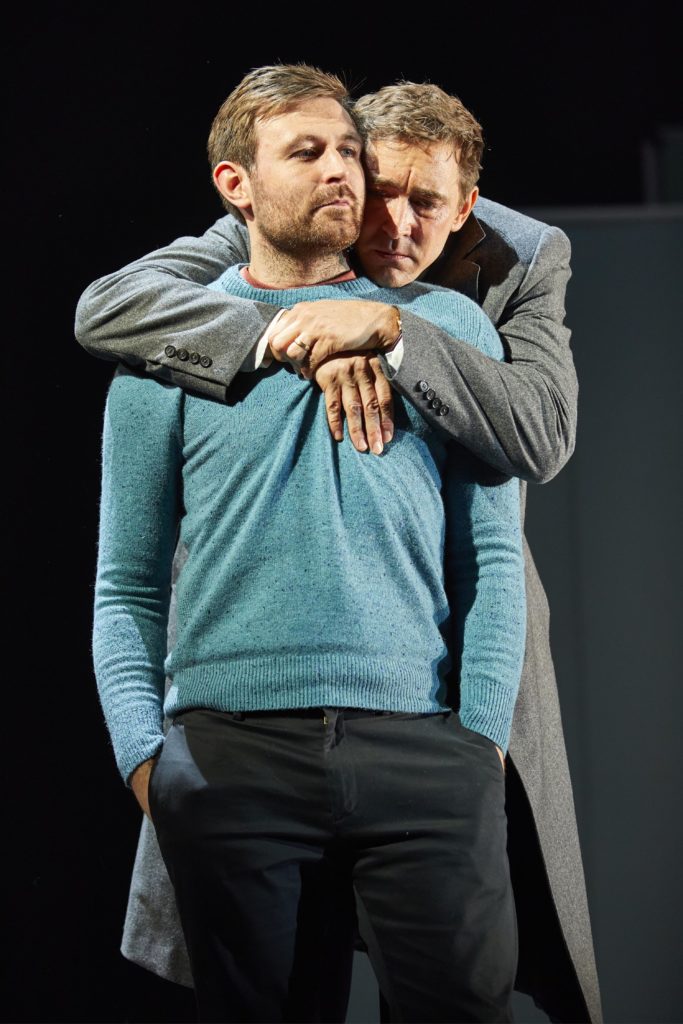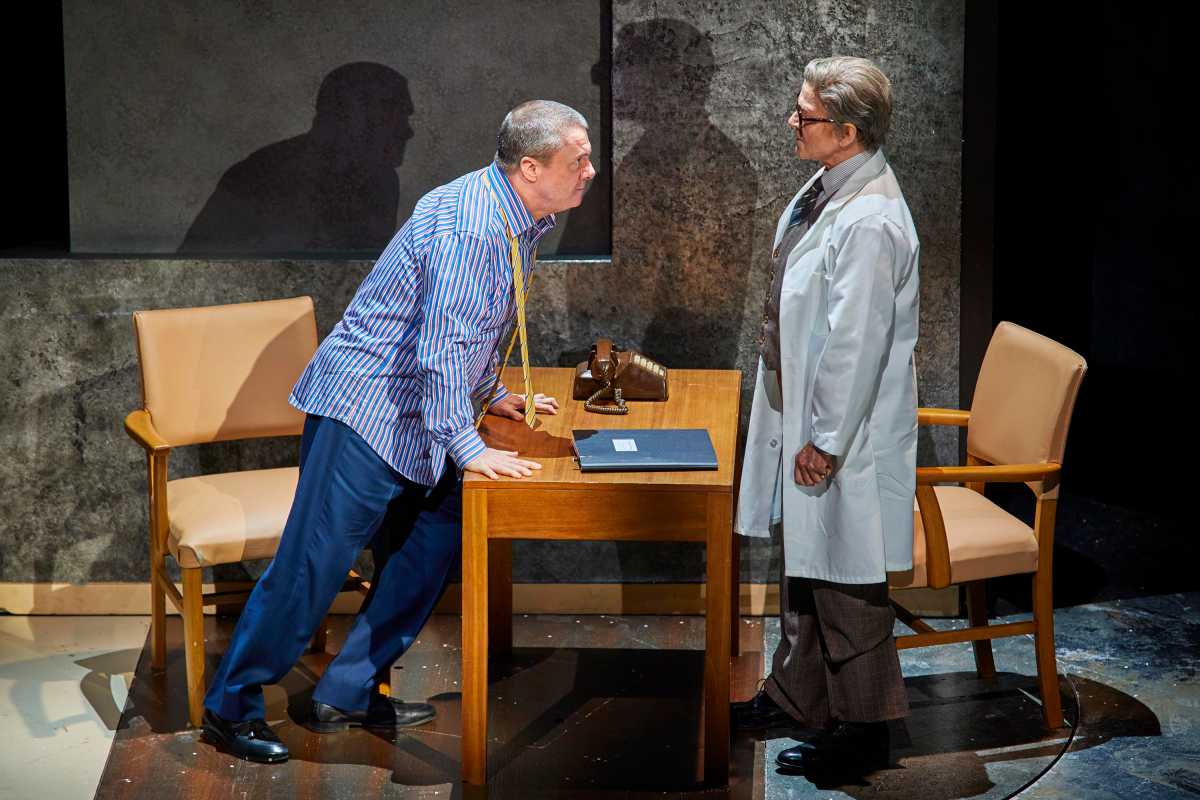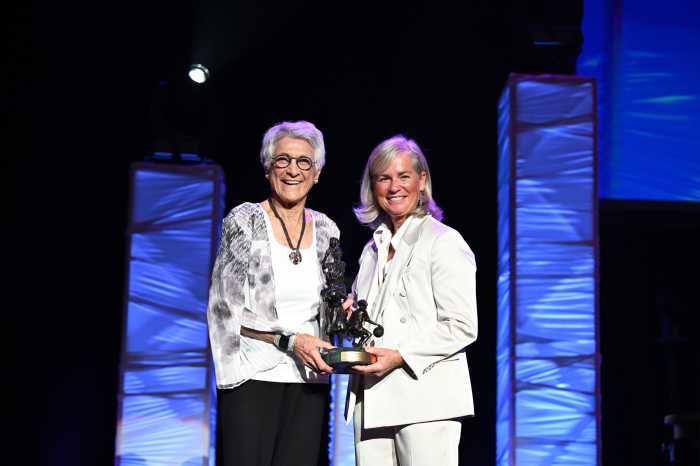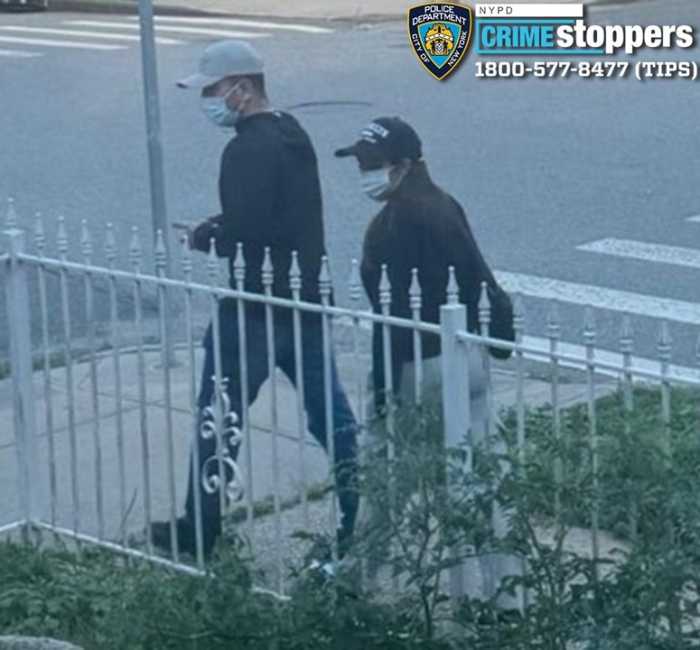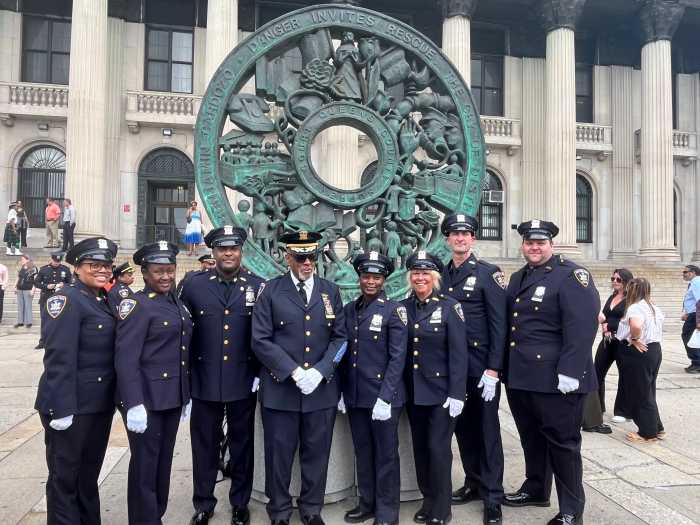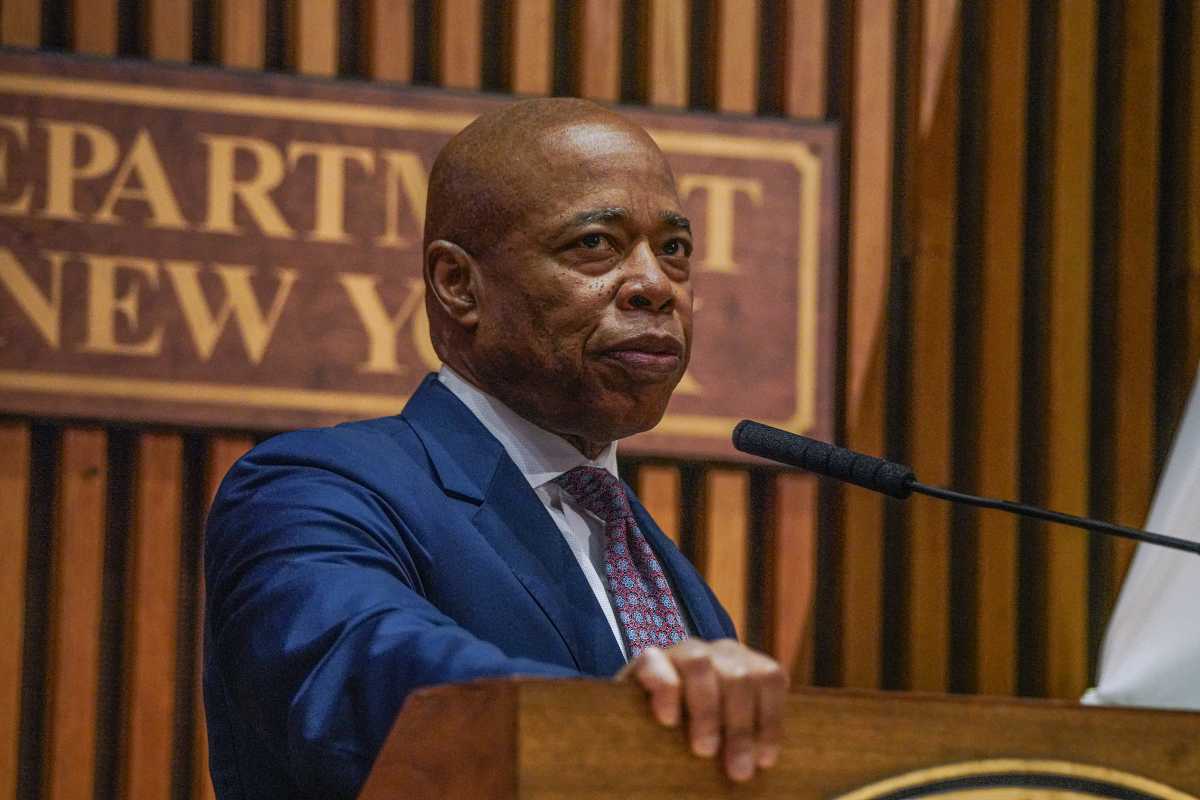BY ELYSE TREVERS
There are those who have experienced it and those who have yet to. I’m referring to audiences who have spent an epic day at the Neil Simon Theater watching “Angels in America” whose two parts clock in at close to four hours each . By the end, there is a sense of fulfillment, as if you just scaled a mountain or run a marathon. And, by the way, the show happens to be really good.
This year marks the 25th anniversary of the Broadway premier of “Angels.” Its tale of two men both diagnosed with AIDS in 1985 may at first glance appear dated. Ironically, it’s actually current given that the show’s arch-demon, the longtime conservative activist and lawyer Roy Cohn, was Donald Trump’s mentor. And talk of demonizing segments of society for political gain and whether to sit back and accept our current reality or to challenge it are timely.
Director Marianne Elliot does an excellent job in telling Tony Kushner’s story of AIDS, Ronald Reagan, drug addiction, Judaism, Mormonism, Communism, etc… the characters on stage walk through walls, doors revolve, angels fly, music blares, snow falls and flames suddenly shoot up from the floor. It is great fun to watch.
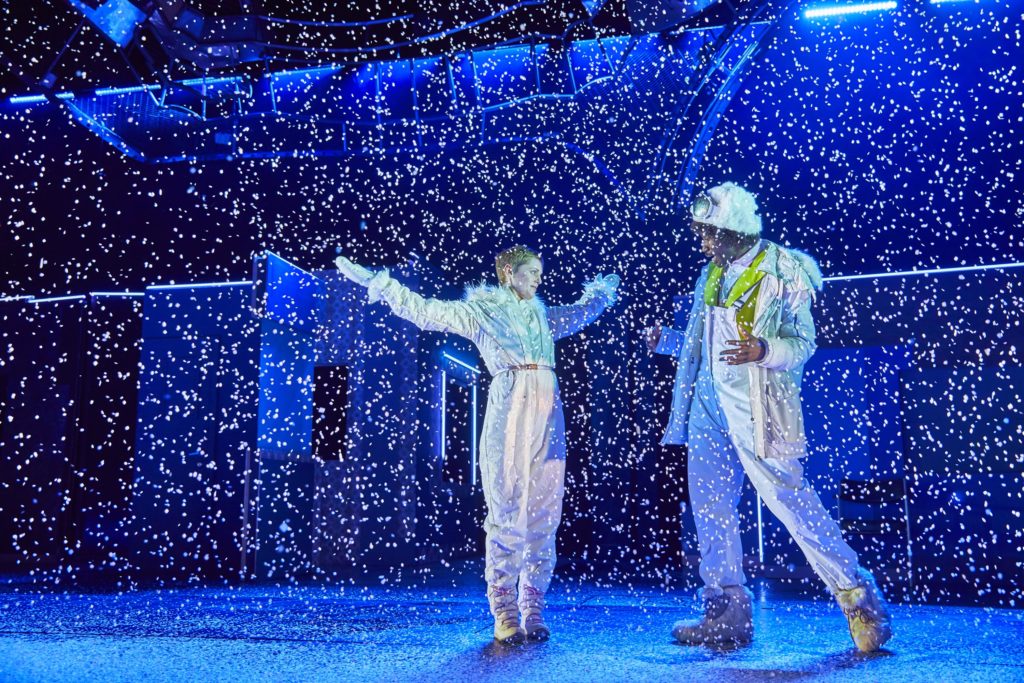
Yet pyrotechnics and the supernatural aside, this “Angels” is best when it is at its most human. A scene in which two relationships come to their emotional end occur side by side on the stage – one man breaking up with his AIDS- stricken partner and another, secretly gay, walking out on his wife – is one of the show’s most compelling. In another, the ghost of Ethel Rosenberg helps a Jewish man recite the prayer for the dead over the body of a man they despised. The confrontation between an openly gay man and a closeted gay lawyer over the latter’s anti-gay court decisions remains one of my favorite scenes.
Performing “Angels” requires great stamina and a terrific memory (Tony Kushner’s dialogue and soliloquies are downright Shakespearean.) As in previous versions, eight actors play several dozen roles, from doctors and nurses to medieval gnomes, denizens of a diorama, an Eskimo and a rabbi. It is rather amazing to think of the coordination required backstage, the rapid changes of costumes, of how everything must be perfectly timed and just how flawlessly it comes together.
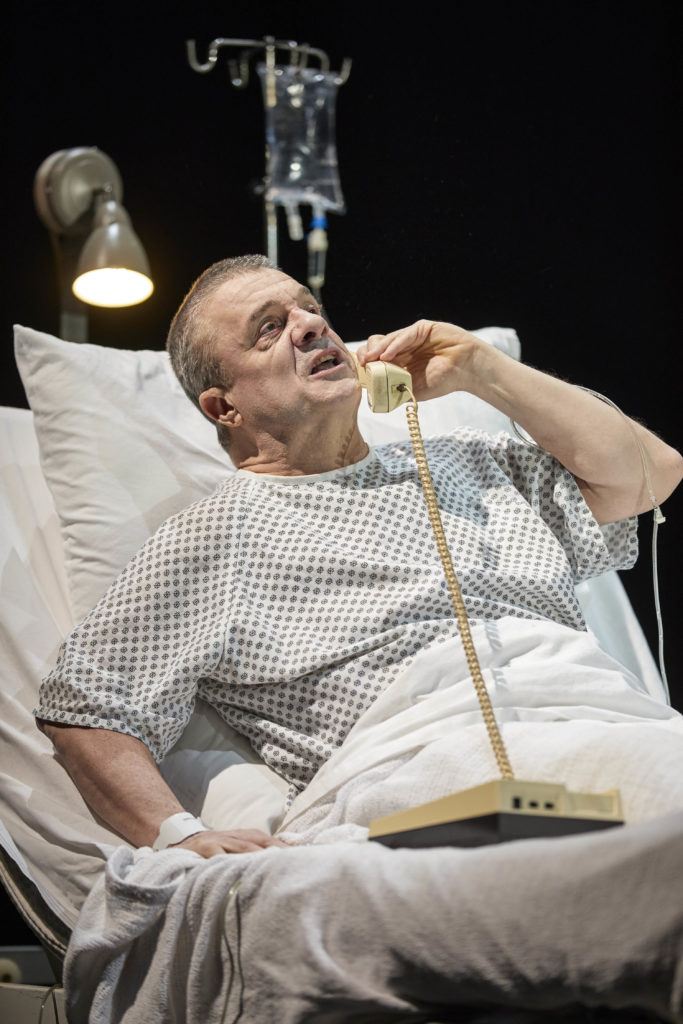
Playing an unlikely role, Nathan Lane is the big revelation here. Watch as he repeatedly rocks his head back and forth, demonstrating the anger and frustration of a once powerful man defeated by his enemies and an insidious disease. His Roy Cohn evokes a surprising, almost fatherly, sympathy, which some may quibble with, but does a dying man not deserve some sympathy, however distasteful his life may have been?
As Roy’s antithesis, Andrew Garfield struck me in the first act as one of those rare actors who can completely reinvent himself for a role, as his character first announces his diagnosis and later appears as a drag queen. He is best when speaking in a soft voice. When he starts screaming, which he does a lot, he looks too much like an actor. Yes, he is supposed to be over the top, but there is a difference between over the top and overflowing.
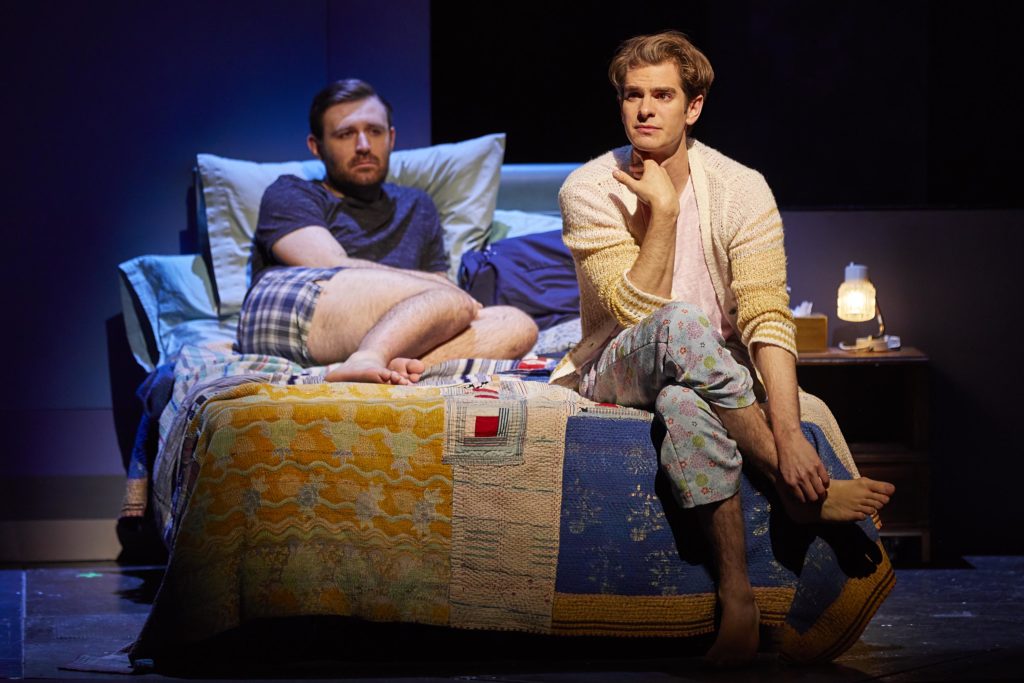
Lee Pace manages to make the character of the closeted Mormon lawyer, usually a less compelling role, a center of focus. He is mismatched with Denise Gough, his long-suffering wife, whose scenes are less than exciting. Susan Brown aptly juggle genders as she plays the rabbi, a Mormon mother, the executed spy Ethel Rosenberg and an elderly Bolshevik, even if her accent sounds like she arrived from Utah via Dublin.
Nathan Stewart-Jarret brings an ideal mix of toughness, tenderness and colorful clothing to the character of the male nurse and James McCardle is nerdy and neurotic, aptly tackling what must be the script’s longest and wordiest dialogues. The Angel’s Shadows, six actors who act as puppeteers for the angel and also lurk, quite literally, in the shadows while doubling as stagehands are the show’s unsung heroes. (Kudos to Finn Caldwell for Puppetry Direction and Movement.)
“Angels in America” isn’t common theater fare and this 7.5 hour epic is probably not for many of your out-of town guests. However, when the curtain finally comes down close to 11 p.m., you can’t help but feel you have accomplished something great.
